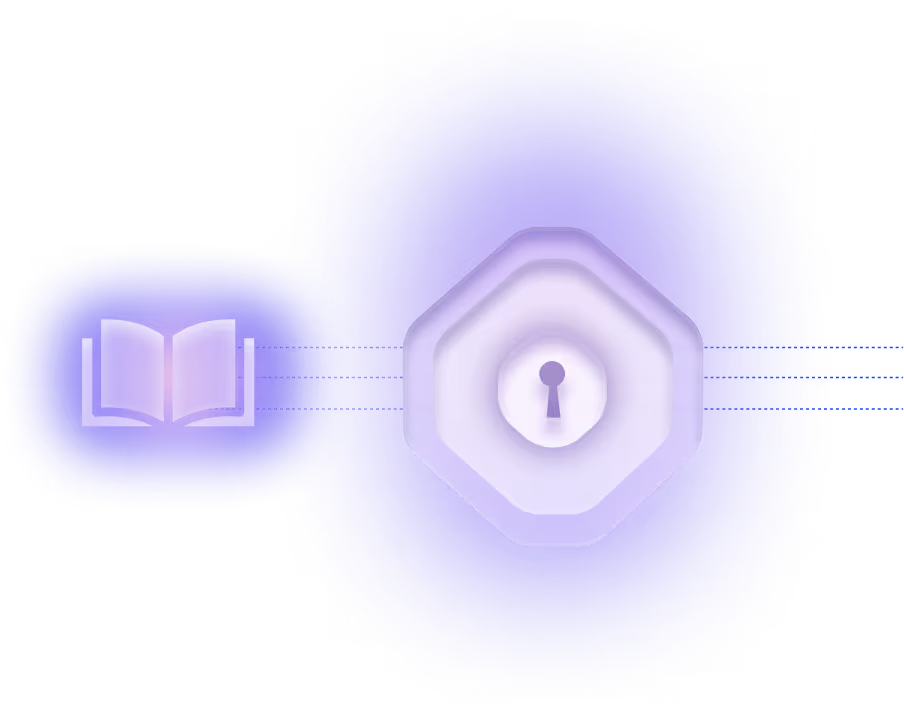SAS Token

What is a SAS Token?
A Shared Access Signature (SAS) token is a URI-based credential that grants time-bound and permission-scoped access to Azure Storage resources, such as blobs, queues, tables, and file shares. SAS tokens are generated by clients and cryptographically signed using either a storage account key or a user delegation key. They allow granular access control without exposing long-term credentials, enabling secure data operations by both human users and non-human identities (NHIs), such as automated workloads and applications. However, SAS tokens are not tracked by Azure, and once issued, they cannot be revoked individually—posing unique risks in enterprise environments.
Why is it important?
SAS tokens are critical to cloud-native architectures, where automated processes and microservices require temporary access to data at scale. For enterprises, they enable flexible integration between services, support DevOps workflows, and reduce dependency on static keys. However, their unmonitored and irrevocable nature introduces significant security concerns. Misconfigured tokens—whether overprivileged, long-lived, or exposed in public repositories—can lead to unauthorized data access, compliance violations, and operational disruption. The 2023 Microsoft 38TB data leak highlights the potential impact of poorly governed SAS token usage.
What are common applications or use cases?
In practice, SAS tokens are widely used for secure file transfers, application-to-storage integration, and CI/CD automation. For example, a data pipeline may use a read-only SAS token to fetch input files from Azure Blob Storage. Similarly, a backup process might leverage a write-only token to store snapshots. These tokens are typically embedded in scripts, containerized workloads, or third-party services requiring controlled access to cloud storage. Their flexibility makes them essential for non-human operations, but also susceptible to mismanagement when not tightly governed.
What is the connection to NHIs (Non-Human Identities)?
SAS tokens are a form of machine credential and therefore fall directly under the category of non-human identities. They are often issued to services, scripts, or automated agents that operate without direct human oversight. Unlike human users, SAS tokens do not support MFA, session logging, or native revocation, making them high-risk credentials. As NHIs proliferate across hybrid and multi-cloud environments, unmanaged SAS tokens represent a significant blind spot in identity governance and are frequently cited in breach reports involving leaked or misused credentials.
Are there any notable industry data, trends, or standards?
Yes. Industry data shows that 68% of cloud breaches involve NHI credential misuse, and SAS tokens have been implicated in several such incidents. The OWASP Top 10 for Non-Human Identities (NHI) 2025 highlights risks such as token reuse, insecure authentication, and human handling of machine credentials—all directly applicable to SAS tokens. Additionally, Microsoft and security researchers have emphasized best practices like enforcing short-lived tokens, using stored access policies, and leveraging User Delegation SAS to align with modern identity management standards.
What is the broader impact or takeaway?
SAS tokens illustrate the broader challenges of securing non-human identities in the cloud. While they provide essential functionality for automated systems, their misuse can expose critical data and undermine compliance with standards such as HIPAA, GDPR, and SOC 2. Effective governance of SAS tokens requires integration into a comprehensive NHI security framework—one that includes lifecycle automation, least privilege enforcement, and continuous monitoring. As machine identity usage continues to grow, organizations must treat SAS tokens not as temporary exceptions, but as primary credentials requiring the same rigor as human access controls.





